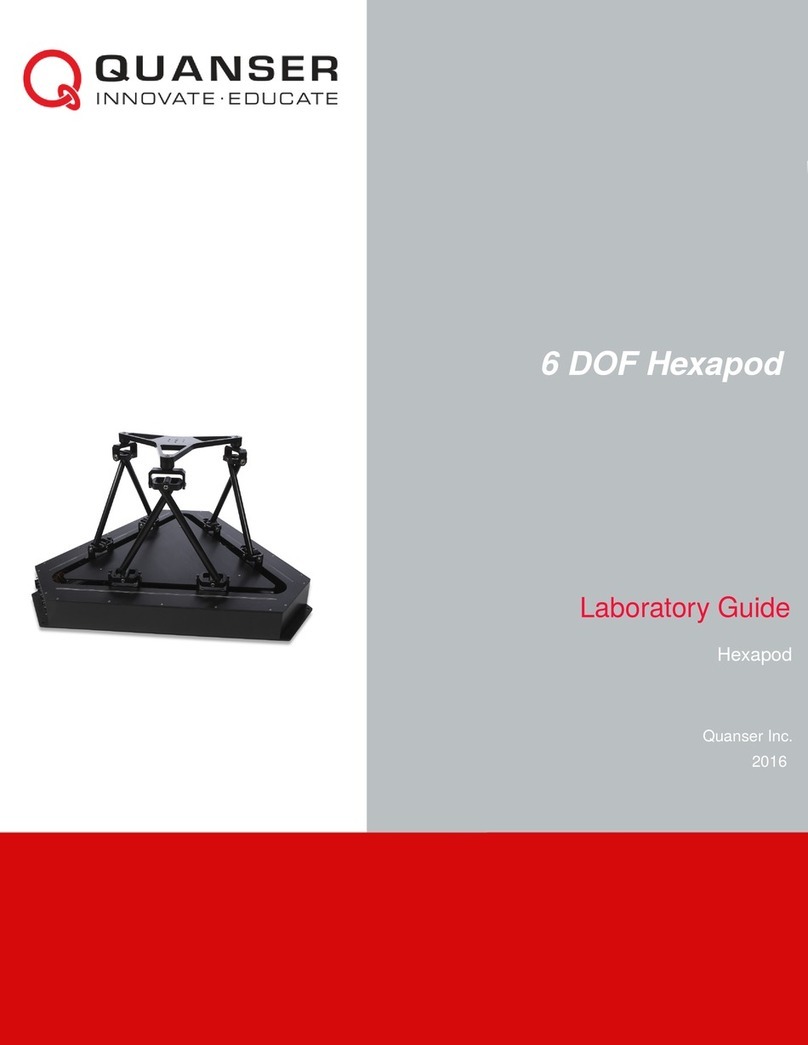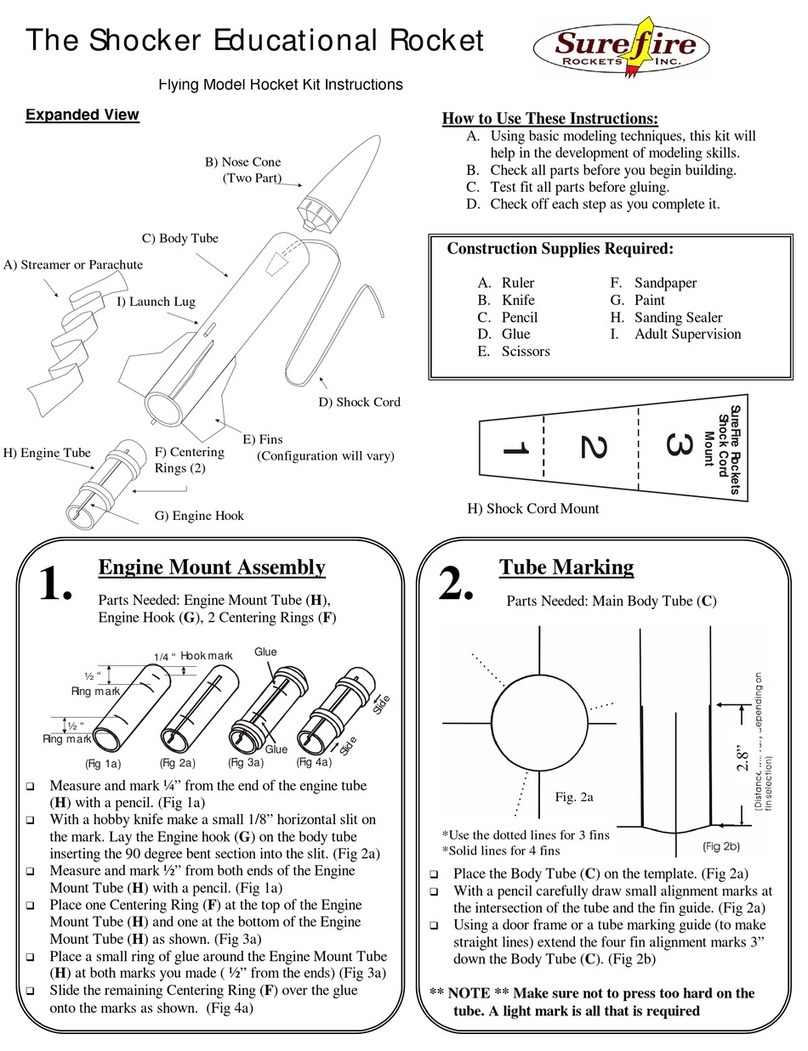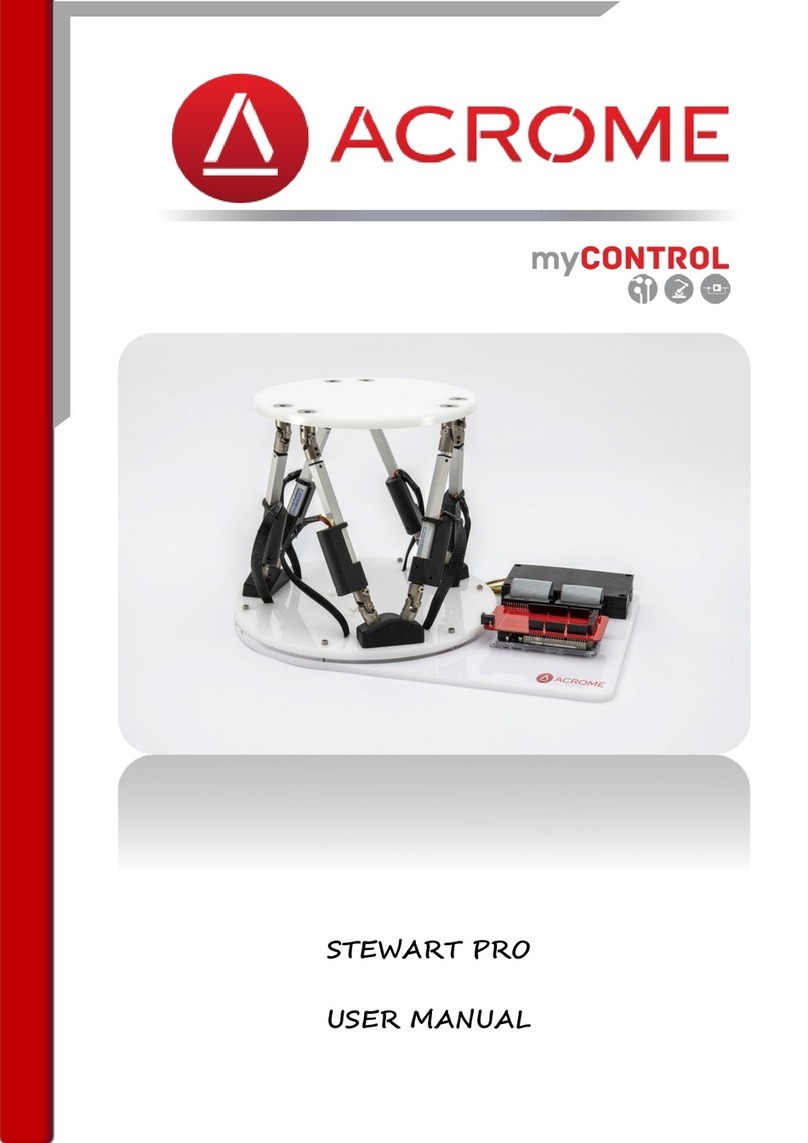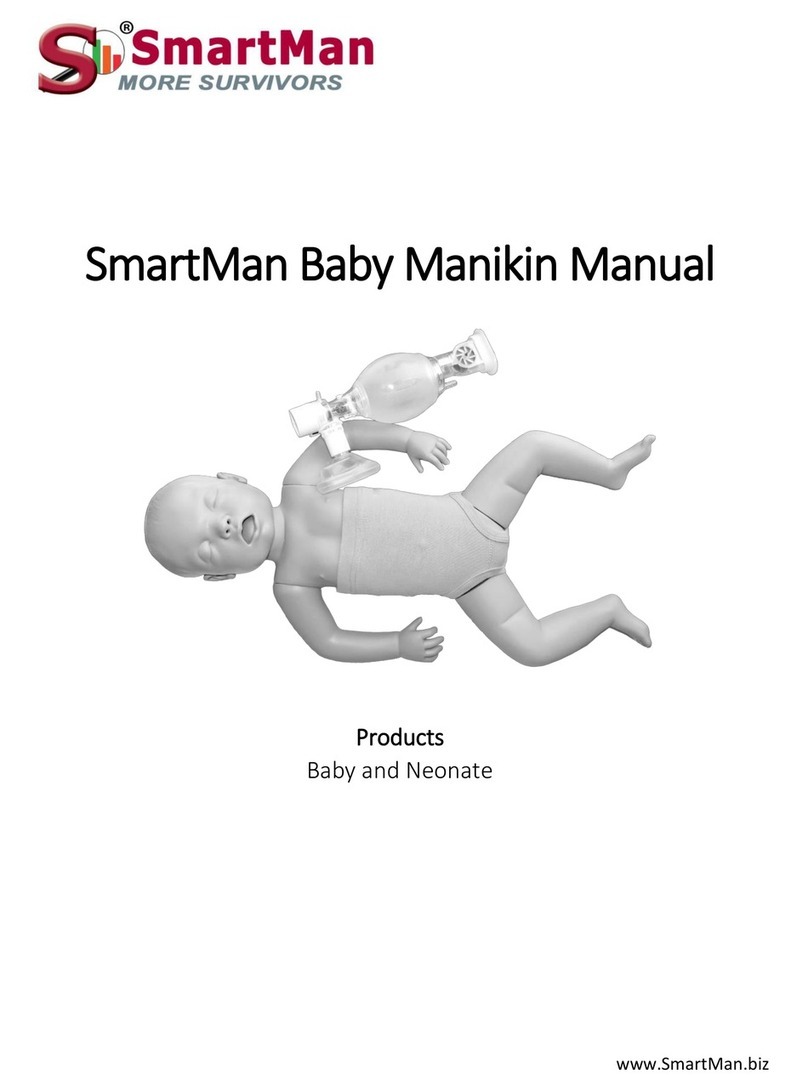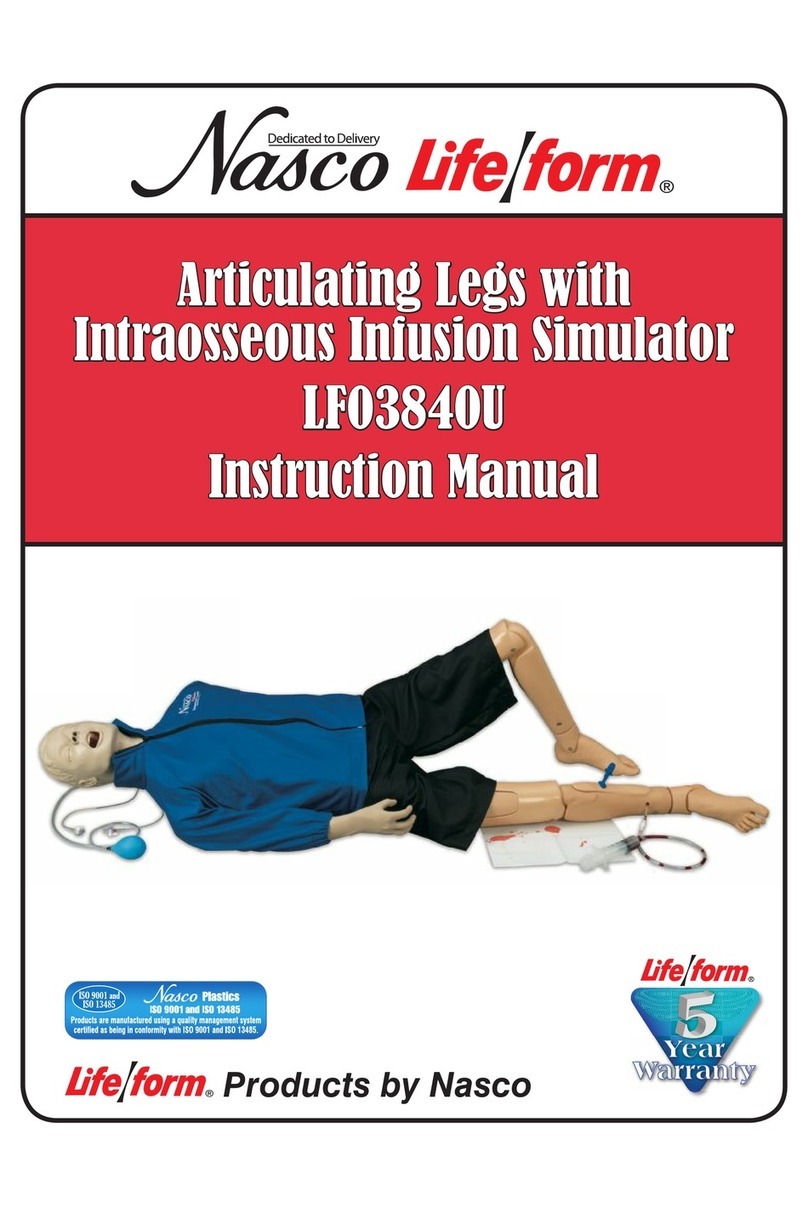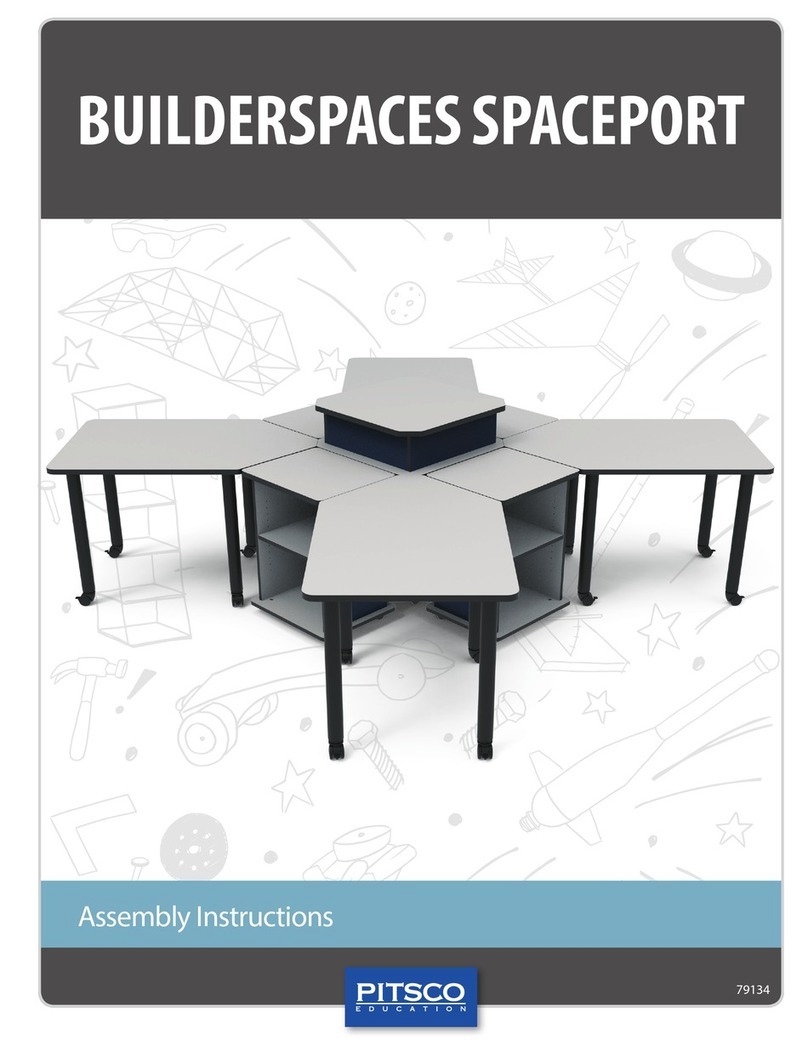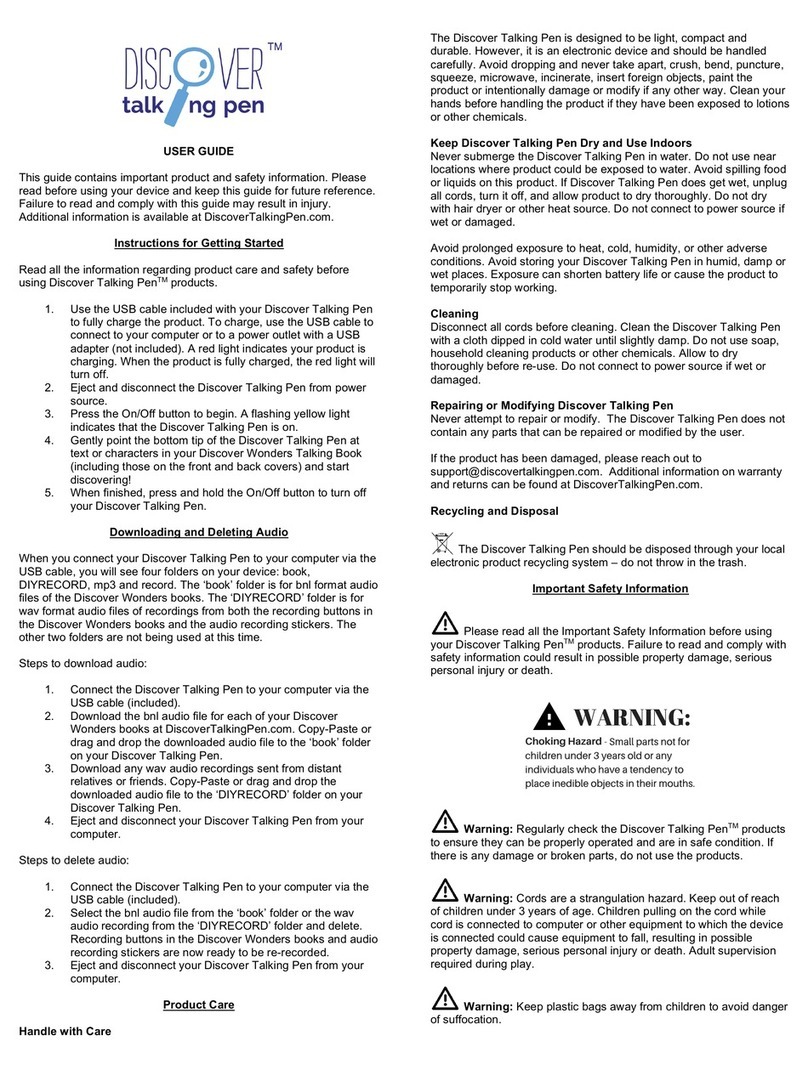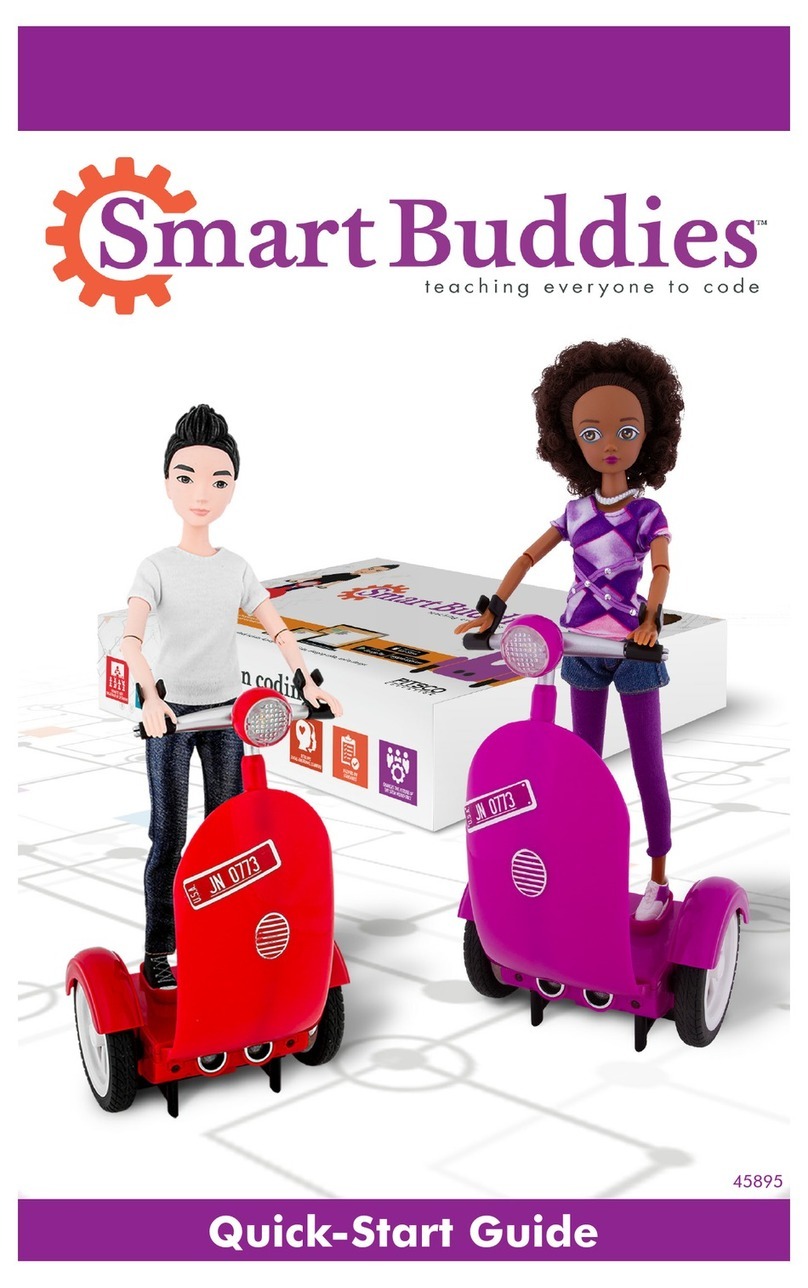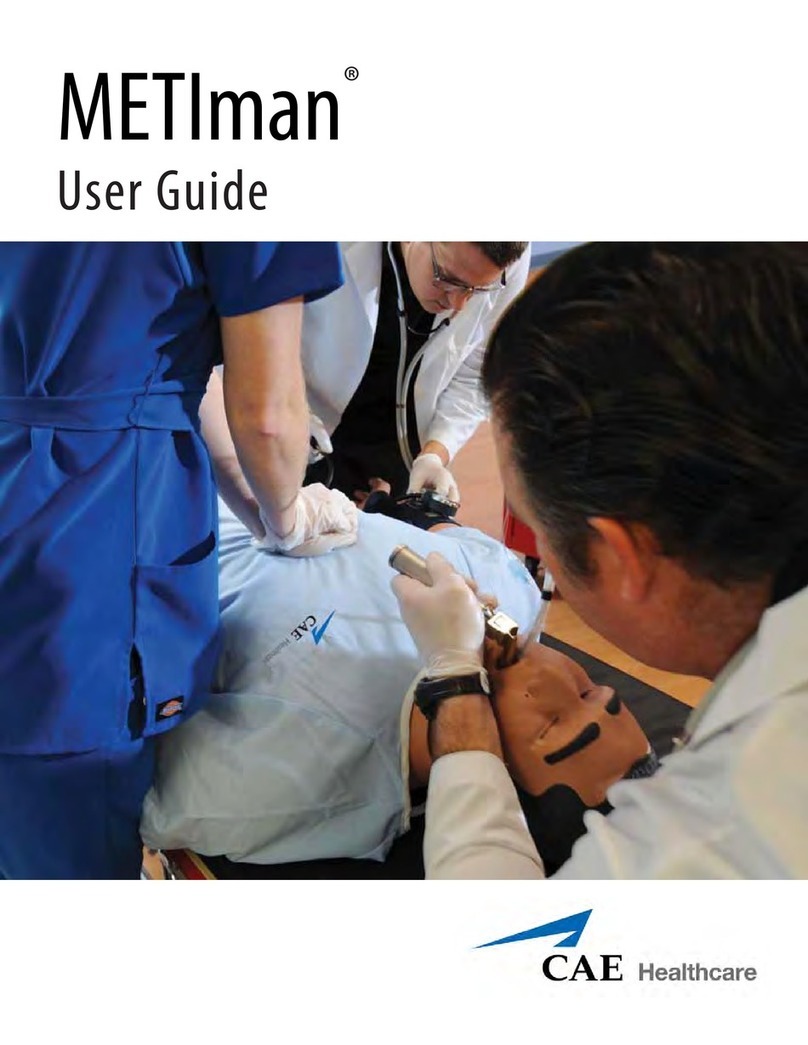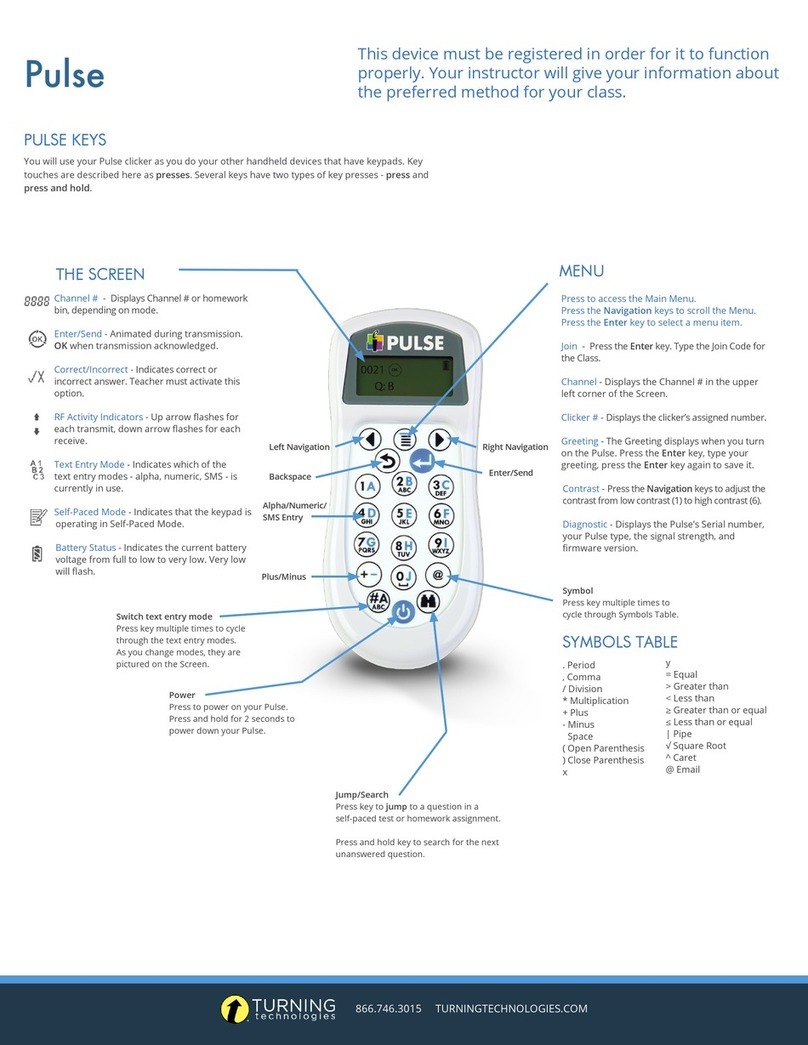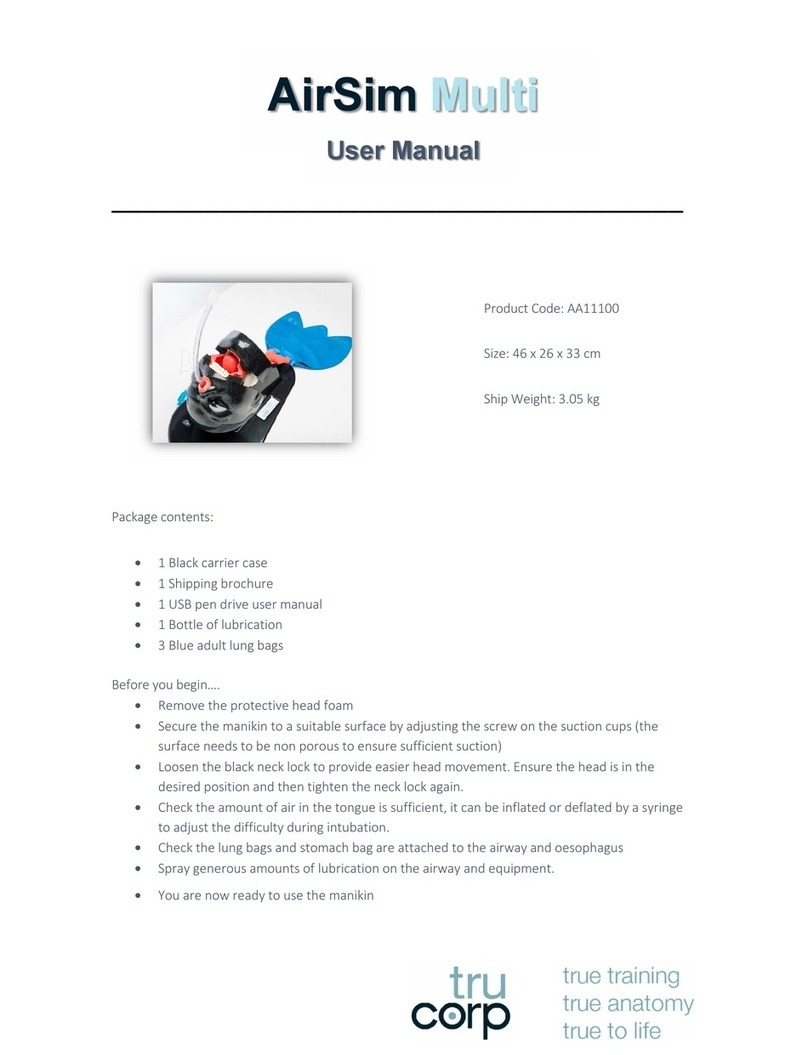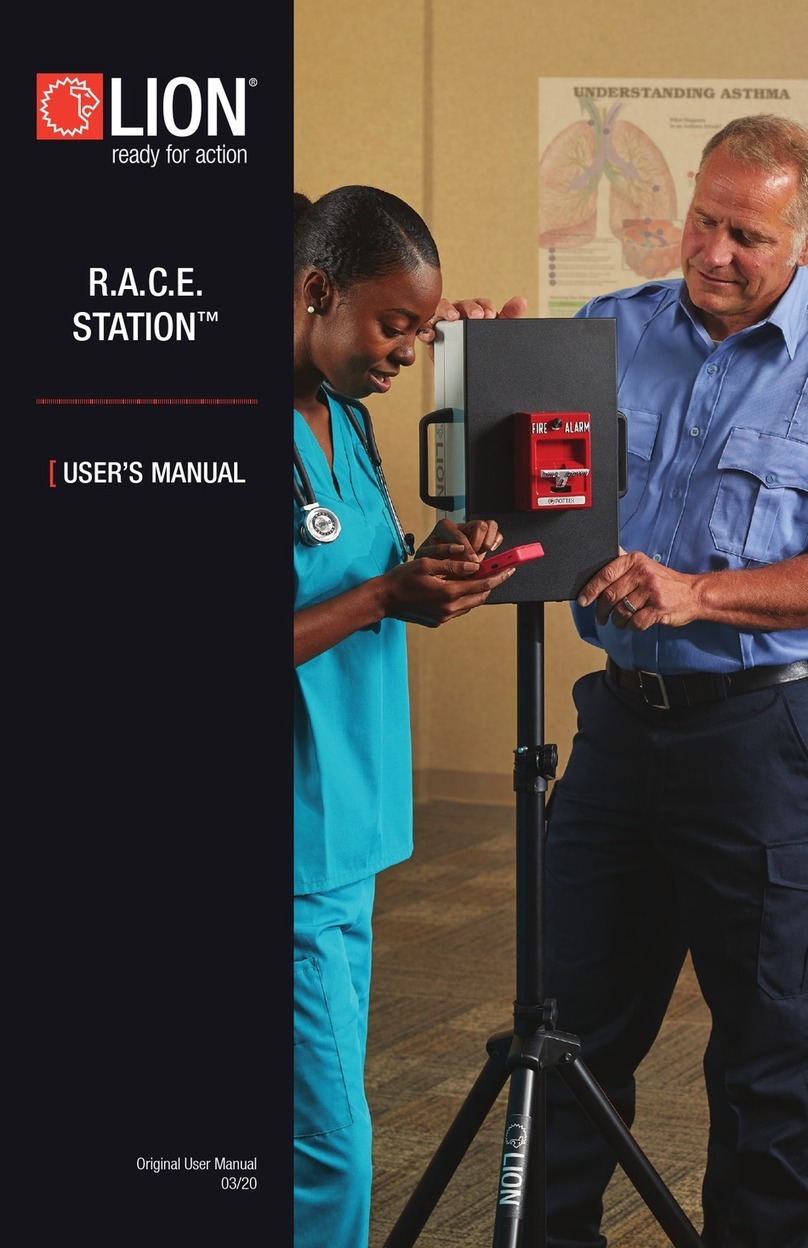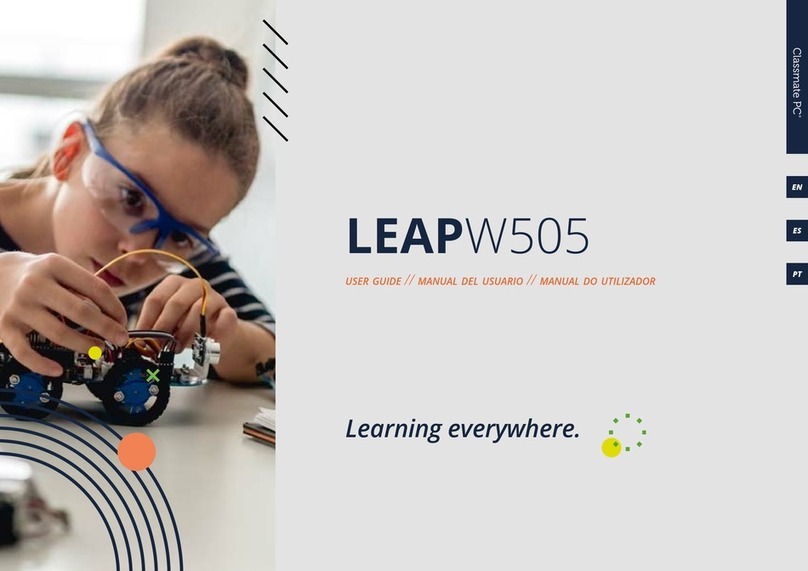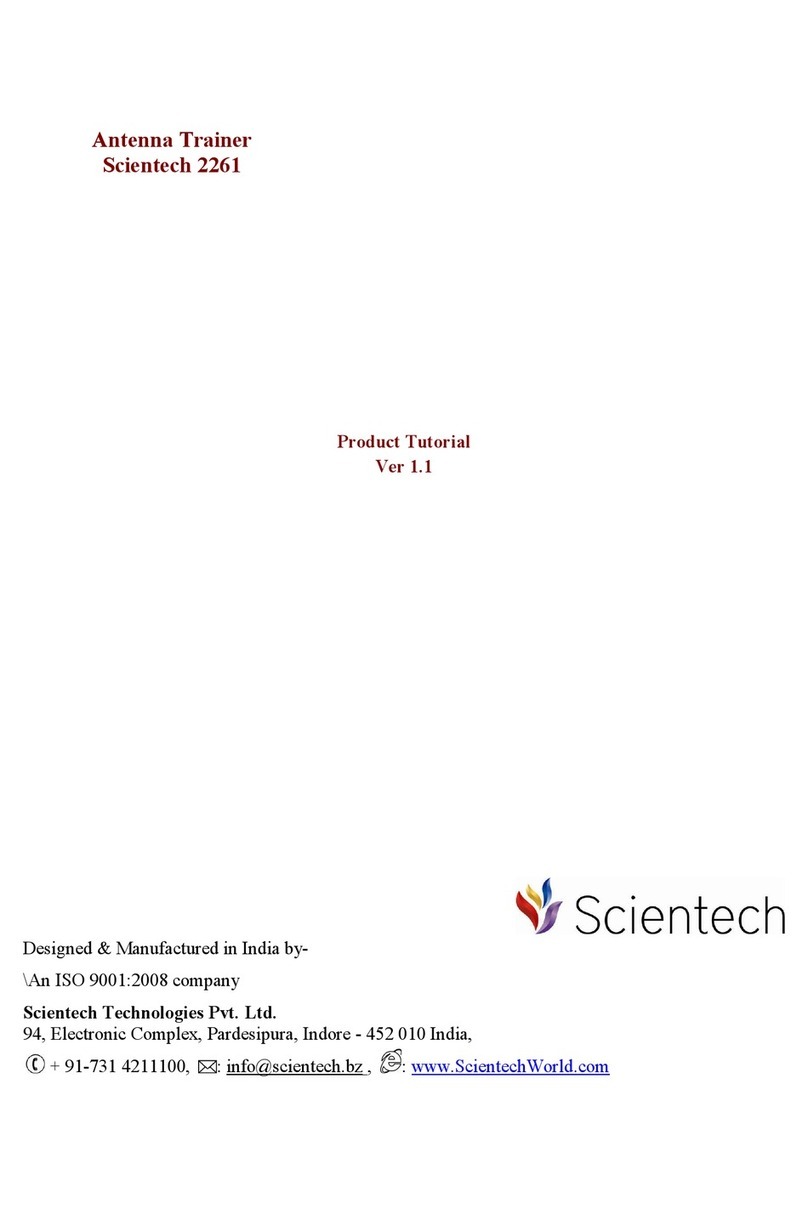Table of Contents
1Cautions and Warnings...........................................................................................3
1.1 Electrical Shock Hazard ...................................................................................................3
1.2 Electrostatic Discharge Prevention...................................................................................3
2General Information................................................................................................4
2.1 General Description..........................................................................................................4
2.2 USB Flash Cartridge.........................................................................................................9
2.3 Abbreviations, Definitions, and Acronyms ....................................................................10
2.4 Theory of Operation .......................................................................................................11
2.5 Assembly Diagrams........................................................................................................13
2.6 Digital Talking Book......................................................................................................16
3User Operation and Controls................................................................................19
3.1 Player Controls ...............................................................................................................19
3.2 Player Controls Using Assistive Technology Devices ...................................................28
4Special Features for Libraries and Technicians..................................................31
4.1 Library Service Operations (via Keypad).......................................................................34
4.2 Technician Service Operations (via Keypad) .................................................................38
4.3 Player Configuration and Operation with an XML file ..................................................47
4.4 Technician Plus Sevice Operation (via USB port)..........................................................48
4.5 Developer Service Operations (via internal serial port).................................................57
5Materials.................................................................................................................58
5.1 Tools and Equipment......................................................................................................58
5.2 Cartridges .......................................................................................................................58
5.3 Repair Parts ....................................................................................................................58
6Player Checkout Procedure...................................................................................59
6.1 General Inspection..........................................................................................................62
6.2 Operation on AC Power..................................................................................................63
6.3 Operation on Battery Power ...........................................................................................64
6.4 Battery Recharge ............................................................................................................65
6.5 Battery Condition and Software Version........................................................................66
6.6 Player Statistics...............................................................................................................67
6.7 Keypad Operation...........................................................................................................68
6.8 Cartridge Operation ........................................................................................................69
6.9 Audio Quality .................................................................................................................70
6.10 Headphone Operation.....................................................................................................70
6.11 AT Device Port Operation..............................................................................................71
6.12 Player Disposition...........................................................................................................72
7Troubleshooting Activities.....................................................................................73
7.1 Open and Close the Player..............................................................................................76
7.2 Player Will Not Play on Battery Power, but Will Play on AC Power ............................78
7.3 Player Will Not Play on AC Power ................................................................................81
7.4 No or Distorted Speaker Audio ......................................................................................84
7.5 Cartridge USB failure.....................................................................................................86
7.6 AT USB failure...............................................................................................................88
7.7 Headphone failure...........................................................................................................90
8Repair Activities.....................................................................................................92
8.1 Exterior Cleaning............................................................................................................92
8.2 Battery Replacement.......................................................................................................93
8.3 Upper Housing Service...................................................................................................95
8.4 Cartridge USB Cable Replacement ................................................................................98
8.5 Headphone Cable Replacement....................................................................................100
